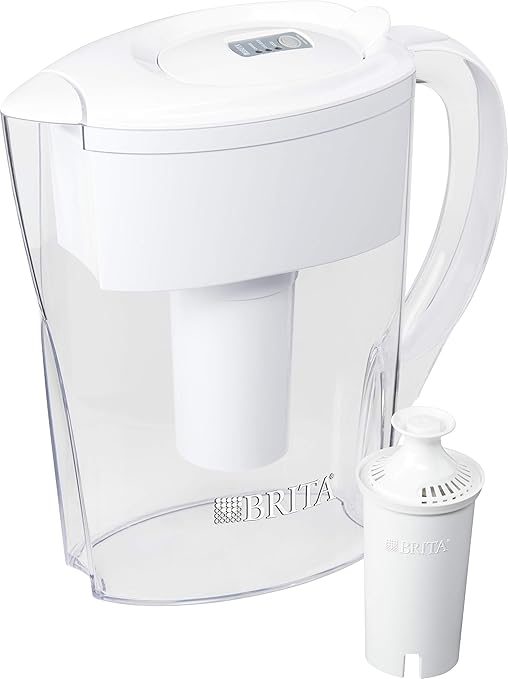Can filters add or decrease the bacterial count?
According to the USGS, the Earth's surface is comprised of about 71% water (1); however, only a modicum of this supply is potable. Fortunately, modern marvels of mankind are making this supply increasingly accessible through the desalination of salt water and filtration of contaminated water, to name a few. Unlike salt water, the consumption of contaminated drinking water is a major cause for outbreaks of diarrhoeal disease and is the second leading cause of death in children under five years of age (2,3). Filtration systems, both industrial and commercial, supposedly serve to reduce environmental pollution of water by removing substances such as heavy metals, toxic organic compounds, and bacteria (2). These filter systems are typically equipped with ion-exchanging resins and/or activated charcoal that actively bind and adsorb, respectively, the contaminants in water (2). However, many of the commercially available filter systems are made of plastic materials, which are known to lead to biofilm formation and bacterial propagation (2).

Researchers found that certain filtering systems increased the bacterial counts by 10,000 times, compared to the tap water that was being filtered!
In a study conducted by ED. Daschner, et. Al., researchers set out to investigate the efficacy of commercial filters in their ability to change the microbial quality of water (2). In this study, filters from the reputable brand, Brita, were evaluated in households and under laboratory conditions. In 64% of households in the field study, filtered water had significantly higher bacterial counts-upwards of 6,000 CFU/mL when compared to tap water from the same household. Even under the controlled environment of laboratory conditions, the same phenomenon was observed. Filtered water from four of six filters had bacterial counts that exceeded that of tap water from the same facility. More specifically, samples exhibited higher counts by the fourth day of use at room temperature and on the 15th day of use at 4°C when observed under controlled conditions (2). In some cases, the bacterial count of the filtered water was noted to be up to 10,000 times greater than that of tap water. Further analysis of the bacterial counts identified significant isolates from filtered water, including Aeromonas hydrophila, Pseudomon ascepacia, Pseudomonas fluorescens, Pseudomonas putida, Sphingomonas paucimobilis, Acinetobacter Iwoffii, and coagulase-negative staphylococci. Many commercially available filters, including Brita filters, claim their products may be used for up to 60 days following the first use. Evidently, these filters can lose their effectiveness in a little as four days, and actually creates higher bacterial counts than in the water it is filtering. Obviously, more work needs to be done to ensure the safety of "filtered" water.
Written by Andrew Kravariotis, R&D Biochemist at Hardy Diagnostics







